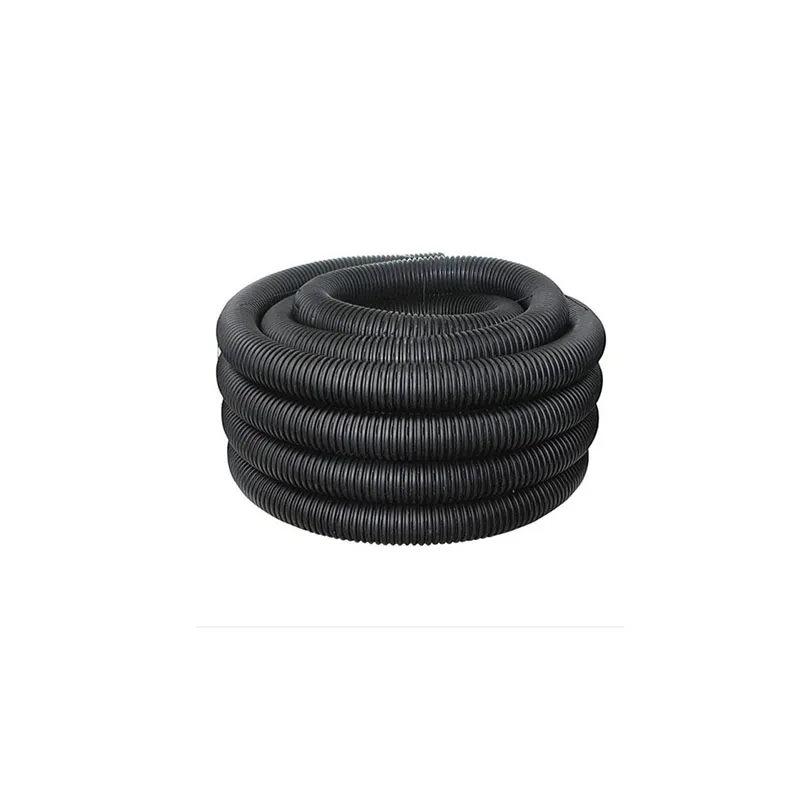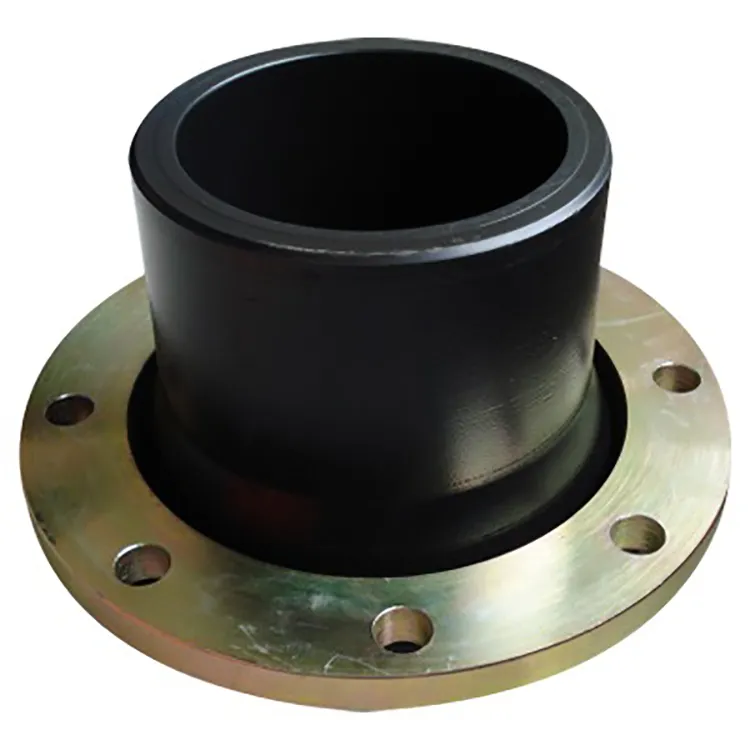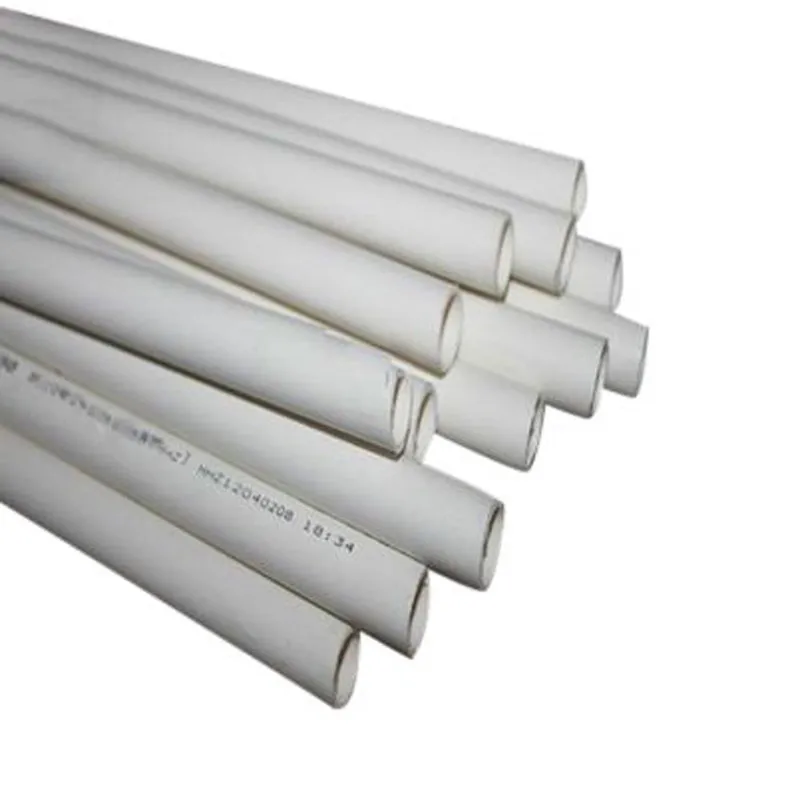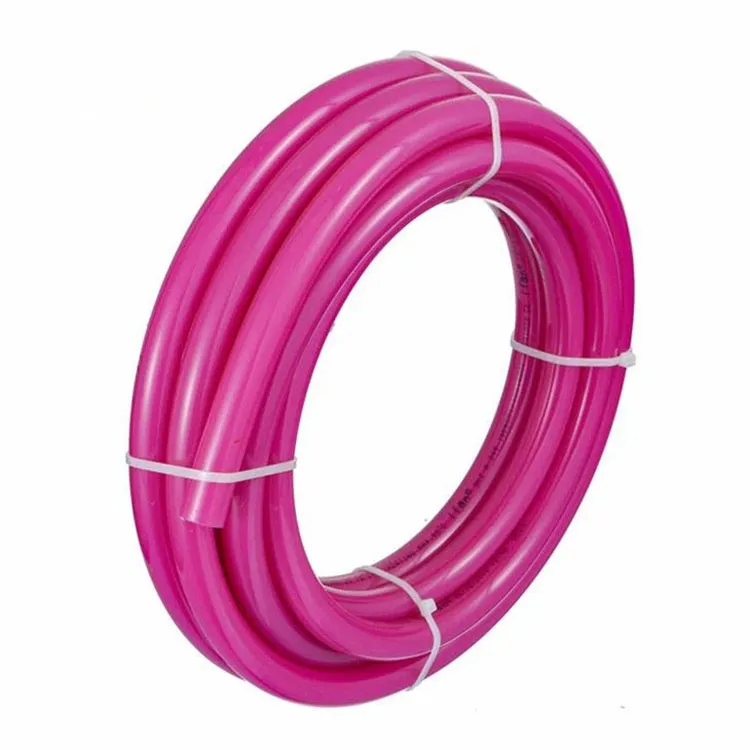Proper yard drainage is essential for maintaining a healthy landscape and protecting your home’s foundation. If you’re struggling with standing water, soggy lawns, or erosion issues after rainfall, it’s time to consider an effective solution. Among the most popular options are black drain pipes and black corrugated pipes, known for their durability, flexibility, and ease of installation. In this guide, we’ll explore how these pipes can be used in yard drainage systems, how to choose the right size, and how to install them for long-term performance.
What is Black Corrugated Drain Pipe?
A black corrugated pipe is a flexible, lightweight drainage pipe typically made of high-density polyethylene (HDPE). It features a ridged exterior and a smooth or slightly textured interior, allowing water to flow efficiently while resisting soil pressure and root intrusion.
These pipes come in solid or perforated versions:
Perforated black drain pipe has small holes or slots that allow water to enter from the surrounding soil, making it ideal for systems like French drains.
Solid black drain pipe does not have holes and is used to transport water from one point to another, such as moving roof runoff away from a home’s foundation.
The black color is standard due to UV resistance, underground visibility, and industry uniformity.
Choosing the Right Size for Yard Drainage
Selecting the right pipe diameter is crucial for effective drainage. The most common sizes for yard applications are:
4-inch black corrugated pipe: Perfect for residential yard drains, downspout connections, and French drains.
6-inch black corrugated pipe: Suitable for larger properties, heavier water flow, or multi-pipe systems.
100mm black drain pipe: Common in metric systems, especially outside North America.
Common Pipe Lengths:
10 ft, 25 ft, 50 ft, and 100 ft rolls are available for different project scales.
Choose the size based on the amount of runoff, slope availability, and yard area.
Applications of Black Corrugated Pipe in Yard Drainage
1. French Drain Systems
A French drain uses perforated black corrugated pipe surrounded by gravel to collect and redirect water from soggy areas. It’s ideal for solving low-spot flooding and water pooling near foundations.
2. Downspout Extensions
Solid black drain pipes are excellent for connecting directly to roof downspouts and channeling rainwater away from your home’s base. This prevents erosion and moisture damage.
3. Dry Well or Soakaway Connections
These systems collect and slowly disperse excess water underground. A black corrugated pipe can transport runoff from your yard to a dry well, especially in high-rainfall regions.
4. Lawn and Surface Drainage
Corrugated pipes can be installed just below the surface to divert water from lawns, driveways, or patios. They’re often concealed beneath mulch or grass for a seamless look.
How to Install Black Corrugated Pipe in Your Yard
Step-by-Step Installation:
1. Plan the Layout
Identify the lowest points in your yard and direct the water away from buildings or walkways.
2. Dig Trenches
Dig 6"–12" deep trenches with a minimum slope of 1% for gravity flow.
3. Add a Gravel Base (for French drains)
Place a 2"–3" layer of gravel at the trench bottom.
4. Lay the Pipe
Use perforated pipe for French drains (holes facing down), or solid pipe for transport. Connect with couplings if needed.
5. Wrap with Filter Fabric
Wrap the pipe (and gravel if used) with landscape fabric to prevent sediment clogging.
6. Backfill and Cover
Add more gravel or clean fill, then cover with topsoil, mulch, or turf to finish the surface.
Tools & Materials:
Shovel or trenching tool
Level or string for slope checking
Gravel (for French drains)
Filter fabric
Pipe couplers and connectors
Maintenance Tips for Long-Term Performance
Inspect regularly: Check for surface pooling or soggy patches.
Clear inlets: Keep leaves and debris away from drain openings.
Flush pipes: Use a garden hose or drain auger to remove blockages.
Watch for roots: Tree roots may intrude; use root barriers if necessary.
Whether you're battling a wet lawn, managing roof runoff, or protecting your home’s foundation, a black corrugated drain pipe system is a smart and affordable solution. With proper sizing, layout planning, and installation, you can enjoy a drier, healthier yard all year long. Choose between perforated and solid black pipes based on your application, and don’t forget to maintain your system for peak performance.
FAQ
1. What’s better for yard drainage: perforated or solid black pipe?
Use perforated pipe to collect water from the ground (like in a French drain) and solid pipe to move water from one location to another.
2. Can I install black corrugated pipe myself?
Yes. It's lightweight and flexible, making it a good DIY project for homeowners with basic tools.
3. How deep should the pipe be buried in a yard?
Typically 6–12 inches below the surface, depending on use and climate.
4. Is 4-inch corrugated pipe enough for heavy rainfall?
For most homes, yes. However, in areas with heavy rain or large surface areas, consider a 6-inch pipe.
5. How do I prevent clogs in the drain pipe?
Use filter fabric, clean entry points regularly, and avoid installing near dense tree roots.




319.webp)
862.webp)
586.webp)
659.webp)
210.webp)
328.webp)

294.webp)
476.webp)
420.webp)
146.webp)


